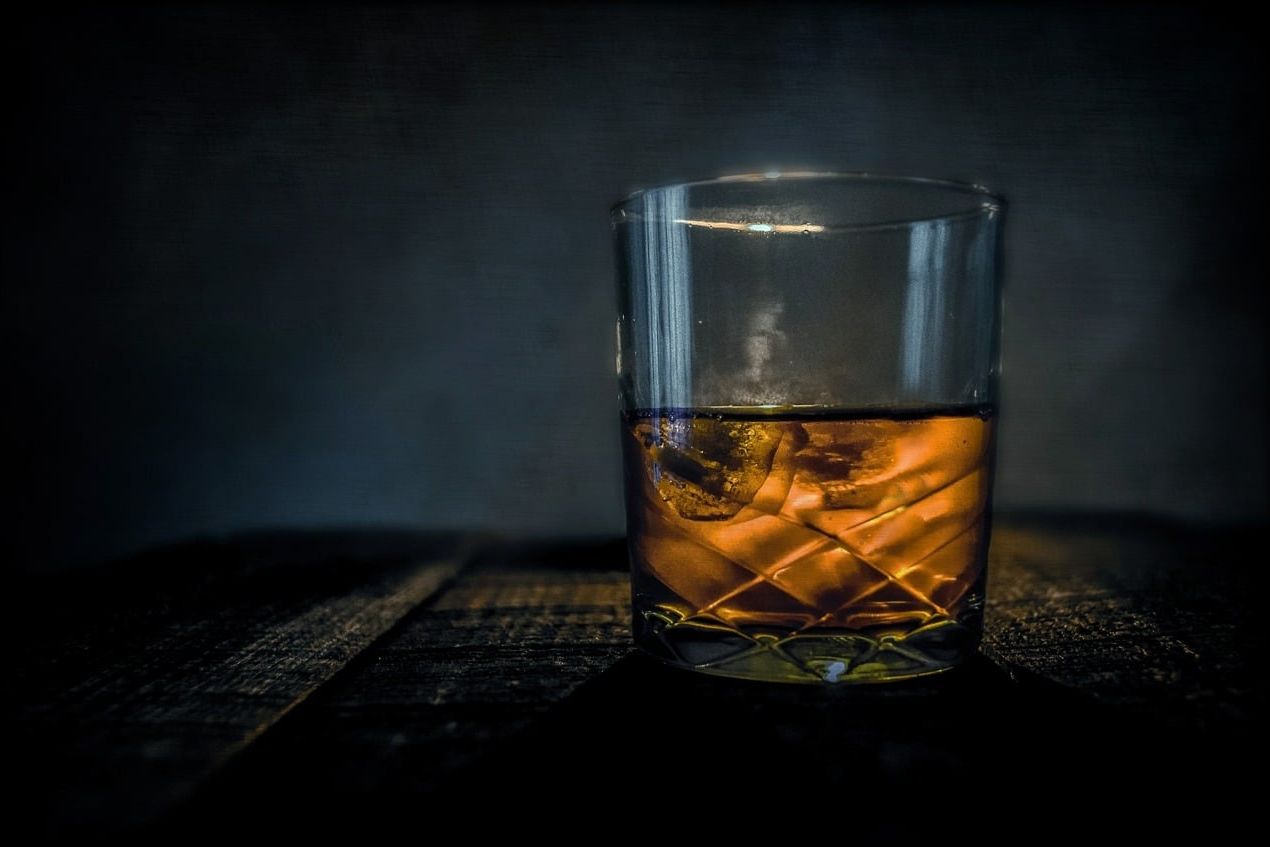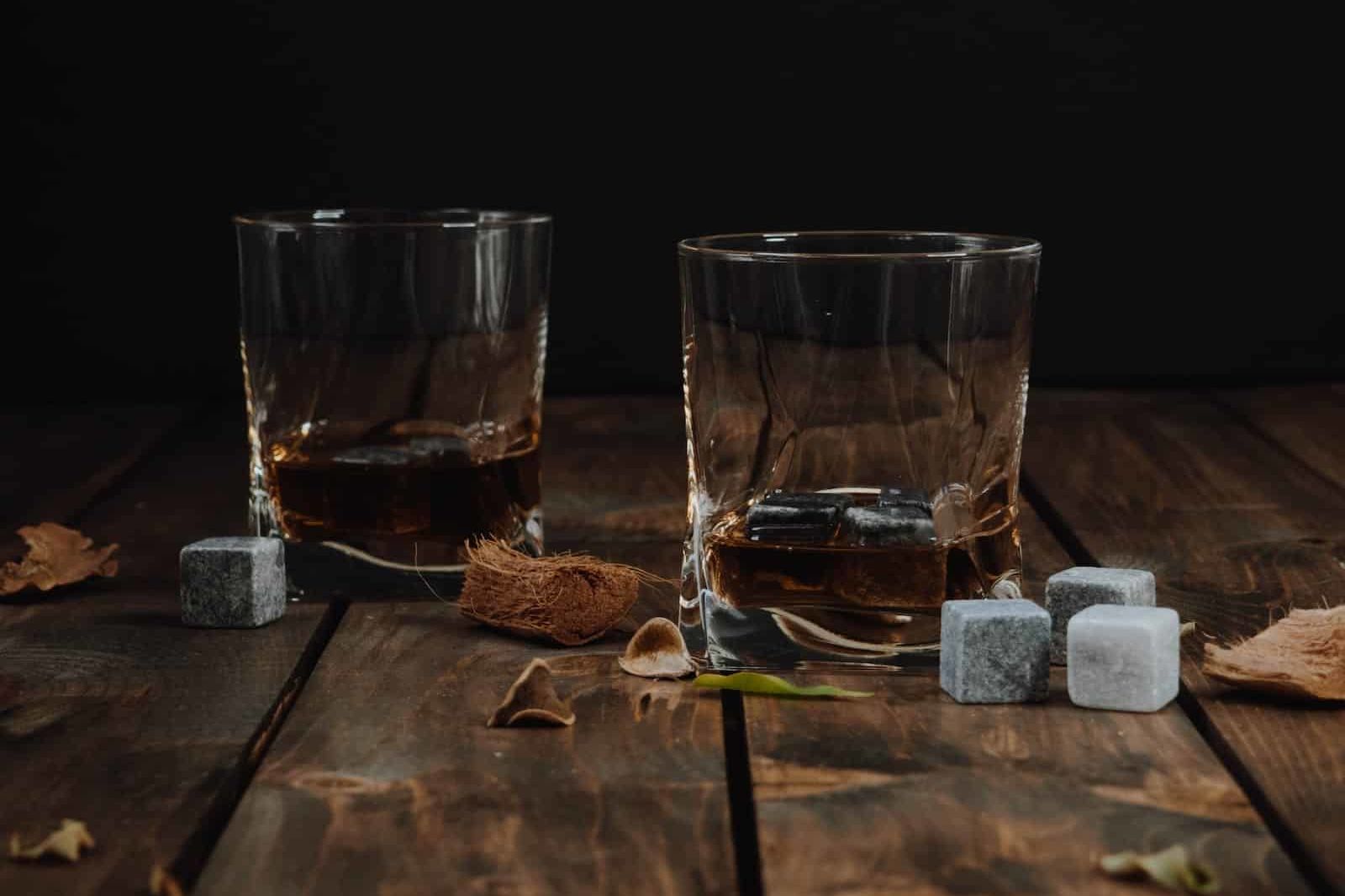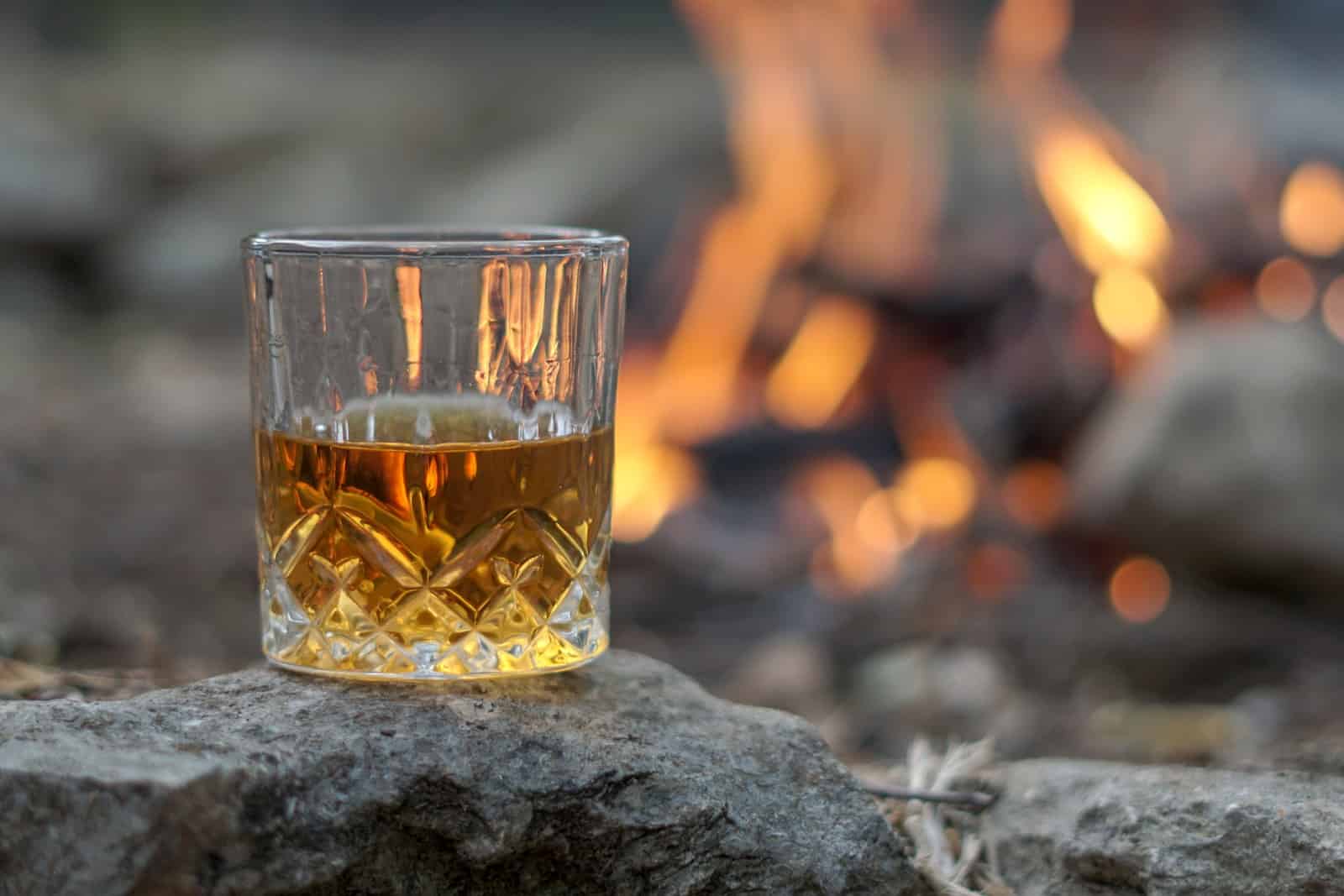Historically from Ireland or Scotland, whisky is still today the object of a quarrel as delightful as it is fierce. While American whisky, Japanese whisky and Charentais whisky have reached the level of their glorious ancestors, the history of this island spirit is still worth the detour because it is so tasty.
Whisky: the story of a skilful distillation
In the beginning was the still. No one needs to retrace its tortuous history to understand that if it was born and developed in the Mediterranean basin during the first ten centuries of our era, the still had a long way to go and at least a sea to cross to reach Albion – which was not yet perfidious. However, the Christian missionaries were pugnacious and, with good footing, set out to evangelize these cold and distant islands beyond the English Channel. Famous successor of these intrepid Christians, St. Patrick, who is celebrated today more for the festive pleasure than to pay tribute to his evangelical work. In his bags, the knowledge and mastery of distillation and the equipment required to practice it. The holy man of whom we know in reality little is the first subject of discord in the history of whisky: when the Irish claim his heritage as proof that whisky was born in Ireland, the Scots retort with an assumed chauvinism that dear Patrick was born in Scotland. The quarrel is all the more traditional as it is endless since the incomplete and sometimes contradictory historical sources can in turn give reason to one or the other of the two camps. Whatever the truth about Saint Patrick, let us remember that he lived between the end of the 4th and 5th centuries.
So let’s start there: the secrets of distillation seem to arrive first in Ireland, but perhaps not as early as the hagiography of the semi-legendary Christian saint claims. The technique and the scholarly knowledge that accompanies it emerge slowly, thanks to experiments conducted by a very small number of people, mainly religious. All over Europe (especially), these scholars were more or less secretly involved in alchemy. This practice, then halfway between science and esotericism, sometimes bordered on heretical experimentation, which is why the writings – often coded – did not circulate much, fearing the wrath of the religious authorities. But little by little, the alchemists set out in search of a potion capable of preserving the body from illness and perhaps even death, a central concern of daily life at the time, since people would die for a yes or a no, violently or not, from an often strange but sometimes known illness without the doctors being able to do anything about it. For this purpose, alchemists undertake to distill everything they can get their hands on with the stubborn zeal of those chasing an extraordinary discovery. Precious stones, gold, morning dew or human blood, wild plants, fruits and vegetables, bones and feathers go through the still. Until the distillation of grain marked the glorious beginning of the history of whisky. But how did distillation allow the production of a liquid so miraculous for its time that it was called “eau-de-vie”?
We could almost laugh about it today. Throughout the Middle Ages, however, medicine was still based on an ancient theory of the humours (and even a little later). Why are you being praised for your good mood or blamed for your bad mood? Because of the Greeks (in part). The medieval Irish and Scottish alchemists were well aware of the cold and hot, wet and dry humors that circulate in our bodies and, as they thought at the time, balance or unbalance our health depending on which one takes precedence over the other. Now the brandy (uisge beatha in Scottish Gaelic, pronounce “ooshky bay” and appreciate a sound which we can already guess how it will become our word “whisky”), the brandy is thus, in this theory of humors, a prodigious tool!
A simple observation is enough to explain its success at the time: the liquid is cold to the touch and yet hot when drunk, it is humid but yet radically dries the humors (who would say the opposite after having poured it on a wound?) Not to mention that brandy has an extremely rapid and visible effect on the body and mind! This was all it took for the Irish or Scottish uisge beatha to be prized first as a medicine and anaesthetic (which gives a pretty good idea of the alcoholic strength of the drink) before people tried drinking it for pleasure. A pleasure that Richard Magrannel, Irish clan leader, would gladly qualify if he could still speak. He who on Christmas Day 1405 died suddenly of a historic alcoholic coma (because the first ever recorded in the annals) due to excessive consumption of brandy. Did he drink it for pleasure or to cure himself? We don’t know anything about it, but already at that time Clonmacnoise, a teasing chronicler and reporter of the facts, doesn’t resist and specifies that for this old Richard, the acqua vitae had value in acqua mortis.
Developing the flavors of whisky: a challenge until the 19th century
In the 15th and 16th century, uisge beatha was not yet whiskey but was slowly being led down the path of an aromatic spirit. In 1494, the first written trace of Scotch whisky is attested by an official document of the Exchequer (the equivalent of the chamber of accounts): it is given to Brother John Cor eight bales of malt to make brandy for the king of Scotland James IV (1473 – 1513). Document cherished by the Scots naturally since the Irish have no previous equivalent (for the moment).
In 1527, the irascible Henry VIII (1491 – 1547) could not bear to be upset by the Pope in his plans to separate from his wife Catherine of Aragon (1485 – 1536). Are we going away from the history of whisky? Absolutely not, on the contrary. If this king had been of a softer character, the whisky would certainly have been late in appearing. In rage at not being able to separate from his wife – for another whom he would marry before having her head cut off, because the heart has its reasons that reason ignores – he decided to separate the Church of England from the Roman and Catholic Church of the Papal States. To be absolutely sure that the message would be well understood by this evil Pope Leo X (1475 – 1521), he had all the Catholic monasteries, confraternities, priories and convents in England dissolved, putting thousands of monks out on the street who had to quickly find something to survive on. Their reconversion is quite found: they are the only ones to know the secrets of the distillation, they will thus produce brandy. Thanks to them, the techniques of distillation spread in the English society and among the neighbors and the manufacture of brandy became as common in the farms as the brewing of beer or the bakery. The stills were perfected and adapted to larger quantities of alcohol. To make the brandy drinkable, plants and even spices are infused into it for those who can afford it. The practice was already common in the Middle Ages and is still in use in the 17th and 18th centuries, but the result is still very far from whisky and very probably foul. The economy and the taxes on cereals modulate the receipts in Ireland and in Scotland: to circumvent the laws, one mixes and adapts malted and non-malted barley, sometimes one adds other cereals making it possible to refine little by little the flavours of an alcohol transported in oak barrels towards England
These barrels quickly become the center of attention. Their manufacture or the reuse of old barrels naturally influence the ageing of the whisky which acquires flavours and color according to the characteristics of the wood. Port or Madeira barrels were initially the most popular until the use of French wine or cognac barrels. The new and fired barrels allow for the roasted flavors that will be a particular characteristic of American whiskies.
The XIXth century definitely marked the history of whisky and gave it its letters of nobility. The column still (also called Coffey still) was perfected in the 1830’s by Aeneas Coffey (1780 – 1852), an important and ironic figure in the history of Scotch whisky since Coffey was Irish. Thanks to it, the Scotch whisky comes out of the toast less intense, softer and thus more inclined to develop fine flavors. Barely twenty years later, the Scotsman Andrew Usher (1826 – 1898) was the first to experiment with blends, the combination of different whiskies. Irish purists initially refused to do so, but then changed their minds in the face of consumer enthusiasm. Scotch whisky has nevertheless a head start, making the 20th century its glorious golden age. Today, the Americans, the Japanese and the French have left a lasting mark on the history of whisky and there is no doubt that it is constantly evolving. This is just one proof that the history of whisky is not over yet: since the beginning, whisky has always been diluted with spring water at the end of its ageing process; today, however, the taste for cast strength whisky, straight from the cask, is only growing…
Also read
Charentais Whisky : introduction to an exceptional beverage
The whisky made in Charente is based on the know-how of the cognac country. Tame the…
Tasting a whisky: yes, but how?
A good bottle is waiting for you, and you want to know how to taste your whisky? From the…
Lordly Whisky : the formidable elegance
France is now one of the top five whisky producing countries in the world. The Spirit…
Join the Crown Club!
Take advantage of exclusive offers, stay informed about Kings news!






